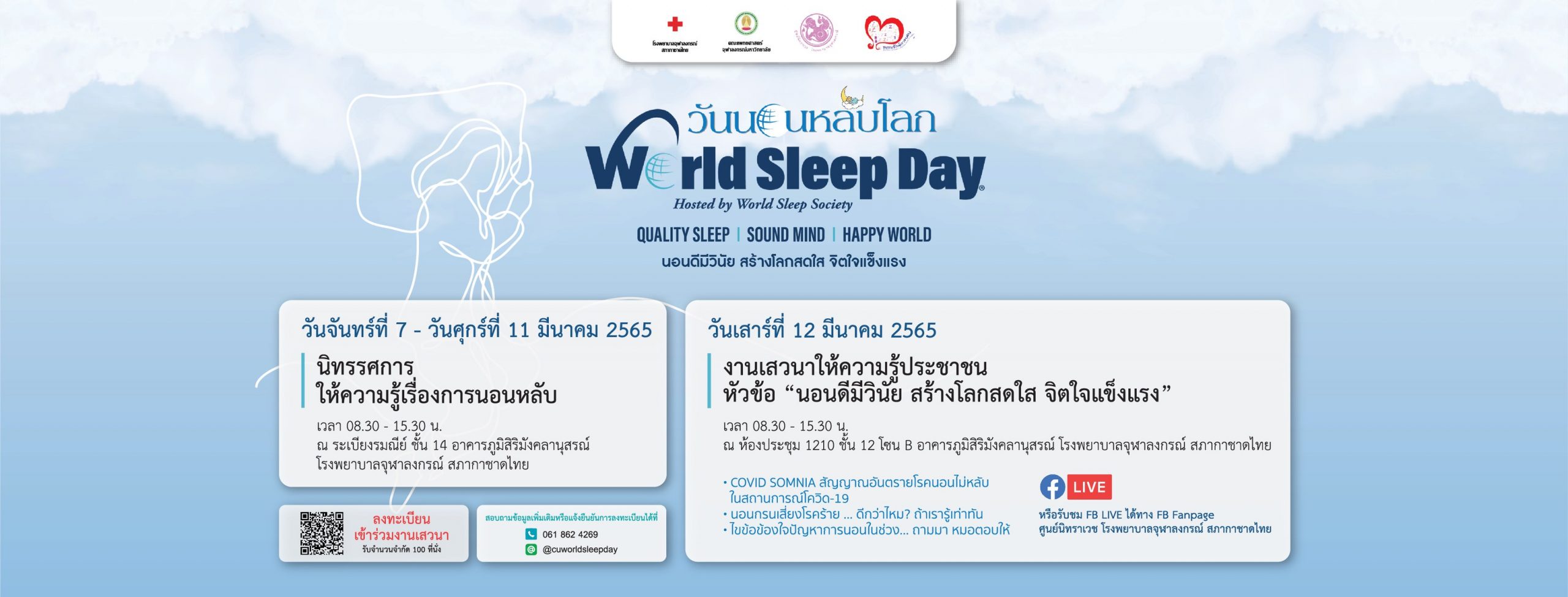MANDIBULAR ADVANCEMENT: TONGUE AND LATERAL UPPER AIRWAY MOVEMENT
http://dx.doi.org/10.5665/sleep.2458
Tongue and Lateral Upper Airway Movement with Mandibular Advancement
Elizabeth C. Brown, MBBS1; Shaokoon Cheng, PhD1,3; David K. McKenzie, PhD1,2; Jane E. Butler, PhD1,3; Simon C. Gandevia, DSc1,2; Lynne E. Bilston, PhD1,2
1Neuroscience Research Australia, Randwick, NSW, Australia; 2Prince of Wales Clinical School; 3School of Medical Sciences, University of New South Wales, Randwick NSW, Australia
Study Objectives: To characterize tongue and lateral upper airway movement and to image tongue deformation during mandibular advancement.
Design: Dynamic imaging study of a wide range of apnea hypopnea index (AHI), body mass index (BMI) subjects.
Setting: Not-for-profit research institute.
Patients: 30 subjects (aged 31-69 y, AHI 0-75 events/h, BMI 17-39 kg/m2).
Interventions: Subjects were imaged using dynamic tagged magnetic resonance imaging during mandibular advancement. Tissue displacements were quantified with the harmonic phase technique.
Measurements and Results: Mean mandibular advancement was 5.6 ± 1.8 mm (mean ± standard deviation). This produced movement through a connection from the ramus of the mandible to the pharyngeal lateral walls in all subjects. In the sagittal plane, 3 patterns of posterior tongue deformation were seen with mandibular advancement—(A) en bloc anterior movement, (B) anterior movement of the oropharyngeal region, and (C) minimal anterior movement. Subjects with lower AHI were more likely to have en bloc movement (P = 0.04) than minimal movement. Antero-posterior elongation of the tongue increased with AHI (R = 0.461, P = 0.01). Mean anterior displacements of the posterior nasopharyngeal and oropharyngeal regions of the tongue were 20% ± 13% and 31% ± 17% of mandibular advancement. The posterior tongue compressed 1.1 ± 2.2 mm supero-inferiorly.
Conclusions: Mandibular advancement has two mechanisms of action which increase airway size. In subjects with low AHI, the entire tongue moves forward. Mandibular advancement also produces lateral airway expansion via a direct connection between the lateral walls and the ramus of the mandible.
Keywords: Obstructive sleep apnea, mandibular advancement splint pterygomandibular raphe, lateral walls.
Citation: Brown EC; Cheng S; McKenzie DK; Butler JE; Gandevia SC; Bilston LE. Tongue and lateral upper airway movement with mandibular advancement. SLEEP 2013;36(3):397-404.





